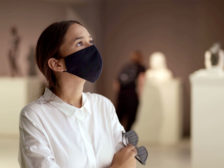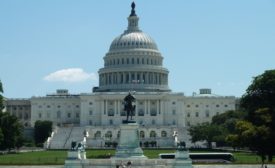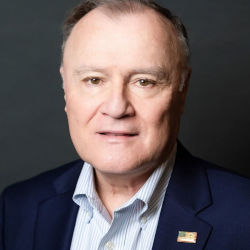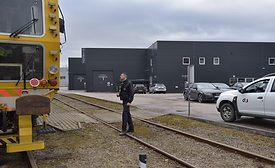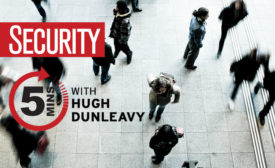Access Management
A coordinated response effort from museums and cultural heritage institutions enable security directors to continue to ensure the security of their collections and facilities.
Read More
Sign-up to receive top management & result-driven techniques in the industry.
Join over 20,000+ industry leaders who receive our premium content.
SIGN UP TODAY!Copyright ©2024. All Rights Reserved BNP Media.
Design, CMS, Hosting & Web Development :: ePublishing
